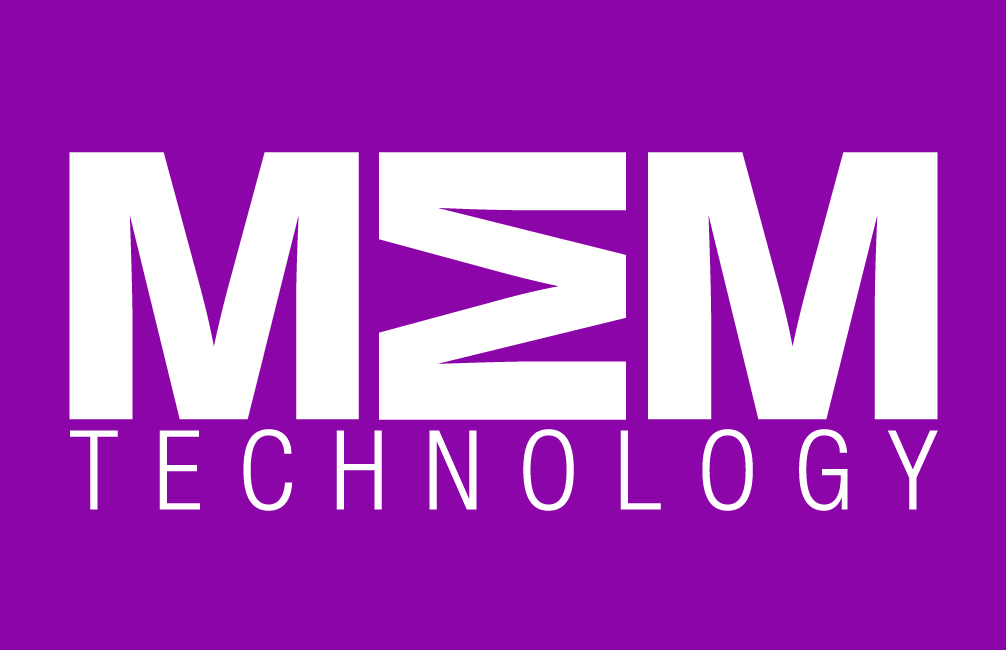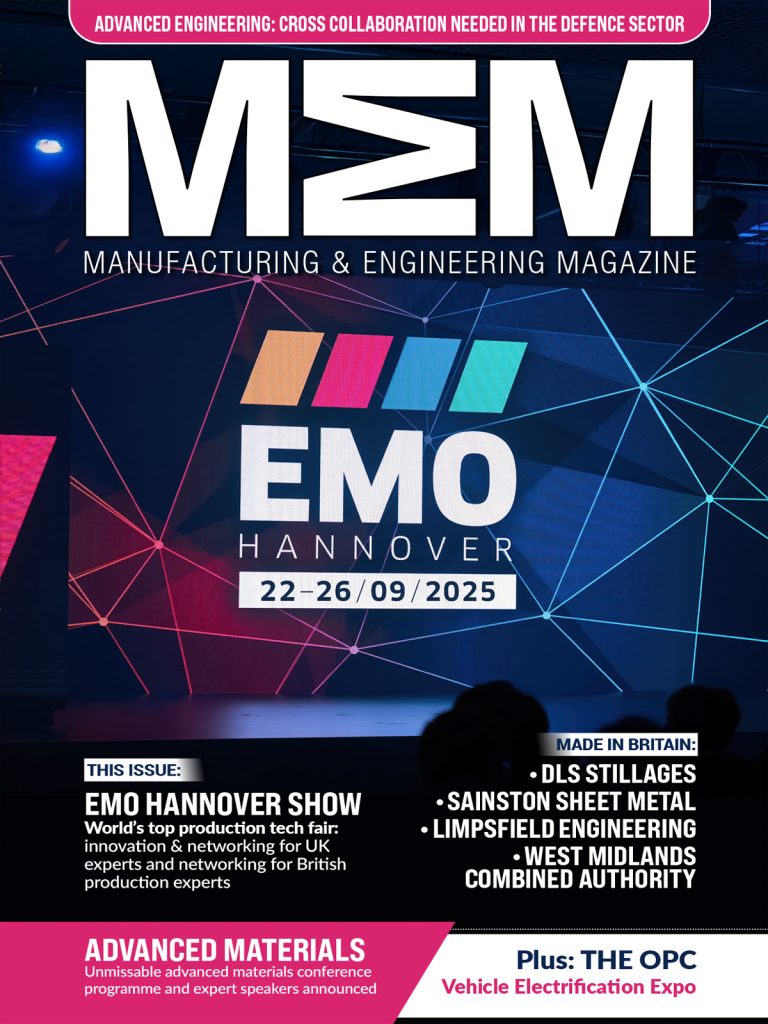Manufacturers have been relying on human vision for complex picking and assembly for a long time, however, 3D vision systems are starting to replicate the capability of human vision in robotics. Nigel Smith, the Managing Director of TM Robotics, Toshiba Machine partner, helps manufacturers by giving them three rules they should apply when choosing a 3D vision system.
The first one is to abandon CAD. Even though many systems require professional CAD, this software can have difficulties recognising multiple items at once. It can identify items in a bin, but the challenge is identifying the position of each item when presented in a random order. Advanced vision systems eliminate this problem by using, like in the case of Toshiba Machineâs vision system, TSVision3D, two high-speed cameras to continuously capture 3D images. The intelligent system then processes the images and determines the most logical order to pick the objects up with the same ease as a human worker.
The robot has to mimic human perception so that when it picks something up from the bin it can easily identify the edges of it and not damage the product. Some manufacturers believe that motion stereo systems can effectively imitate human perception. However, they require absolute precision as even the slightest movement can cause disparities in data and skew the measurement. Advanced systems, including TSVision3D, are programmed according to the size of the bin, ensuring the robot can dive into the box without a hitch.
Simplifying the installation process can bring potential productivity gains and manufacturers should opt for software that anyone, even with minimal training, can understand. Using 3D vision systems for bin-picking can be as fast as 0.7 seconds, but if the implementation of the software has high costs for time and staff resources then the productivity gains are useless.
What manufacturers should have in mind when choosing a vision system is how the system will improve their process, how it will manage complex requirements, and how easy it is to understand and implement it.
















